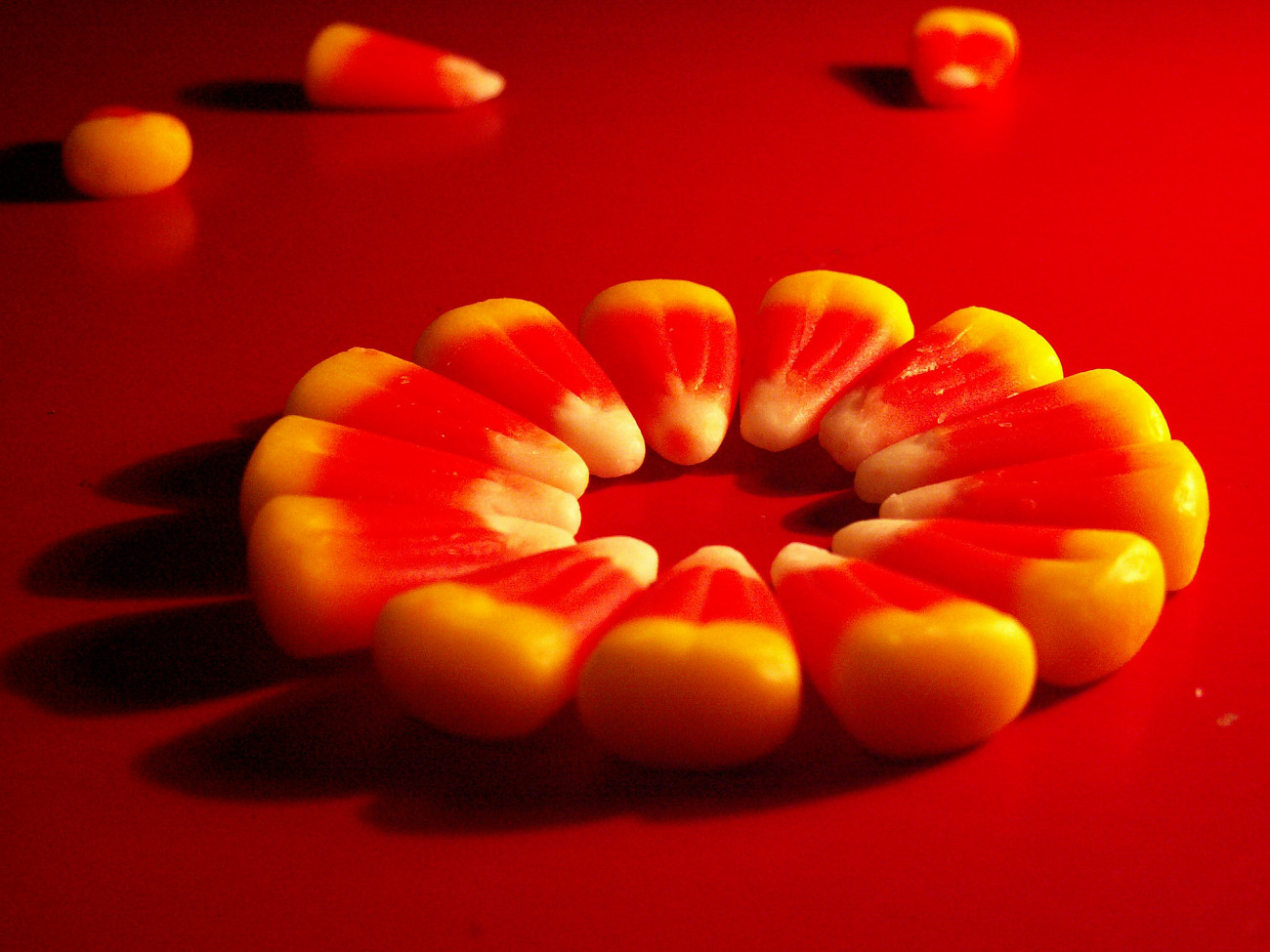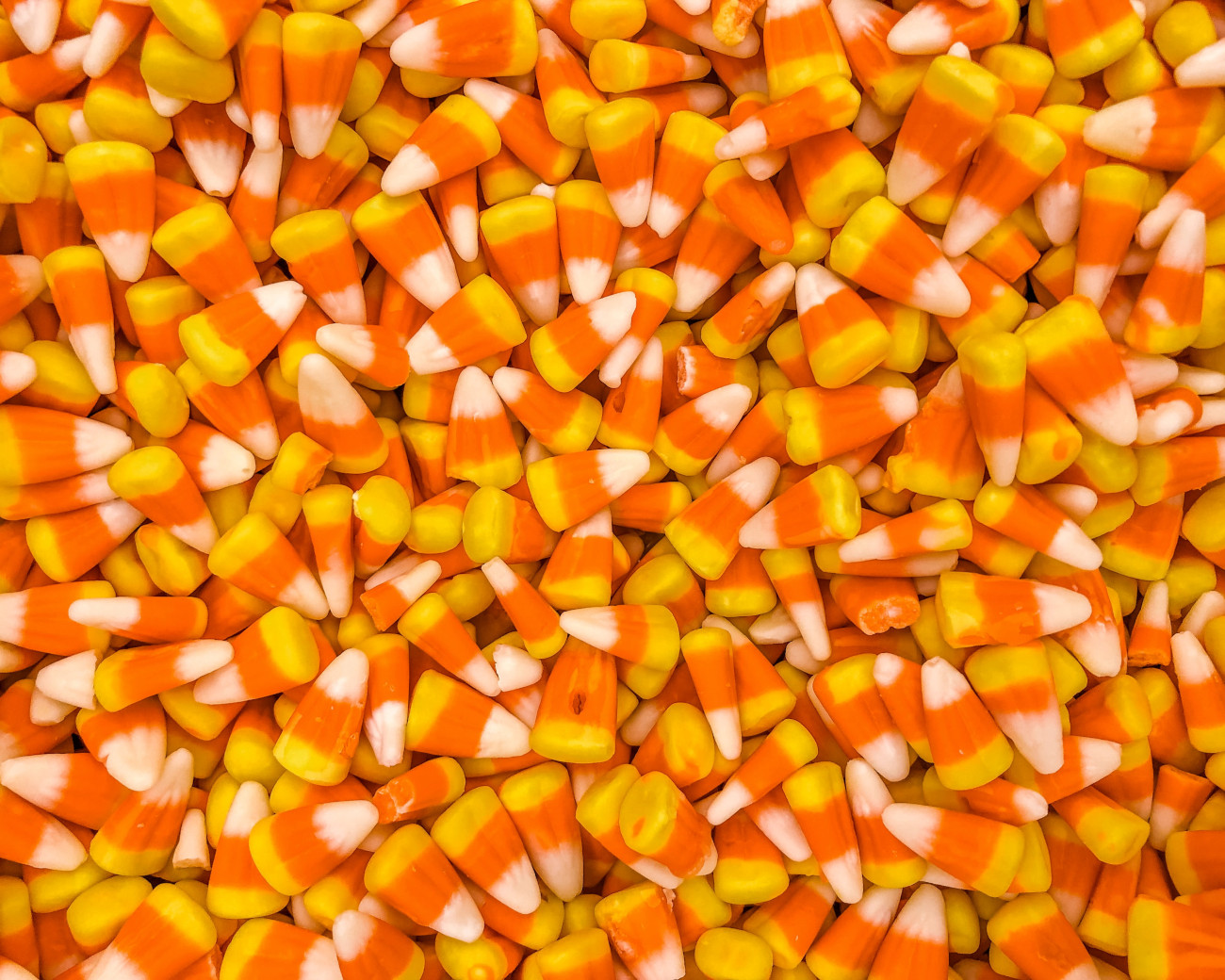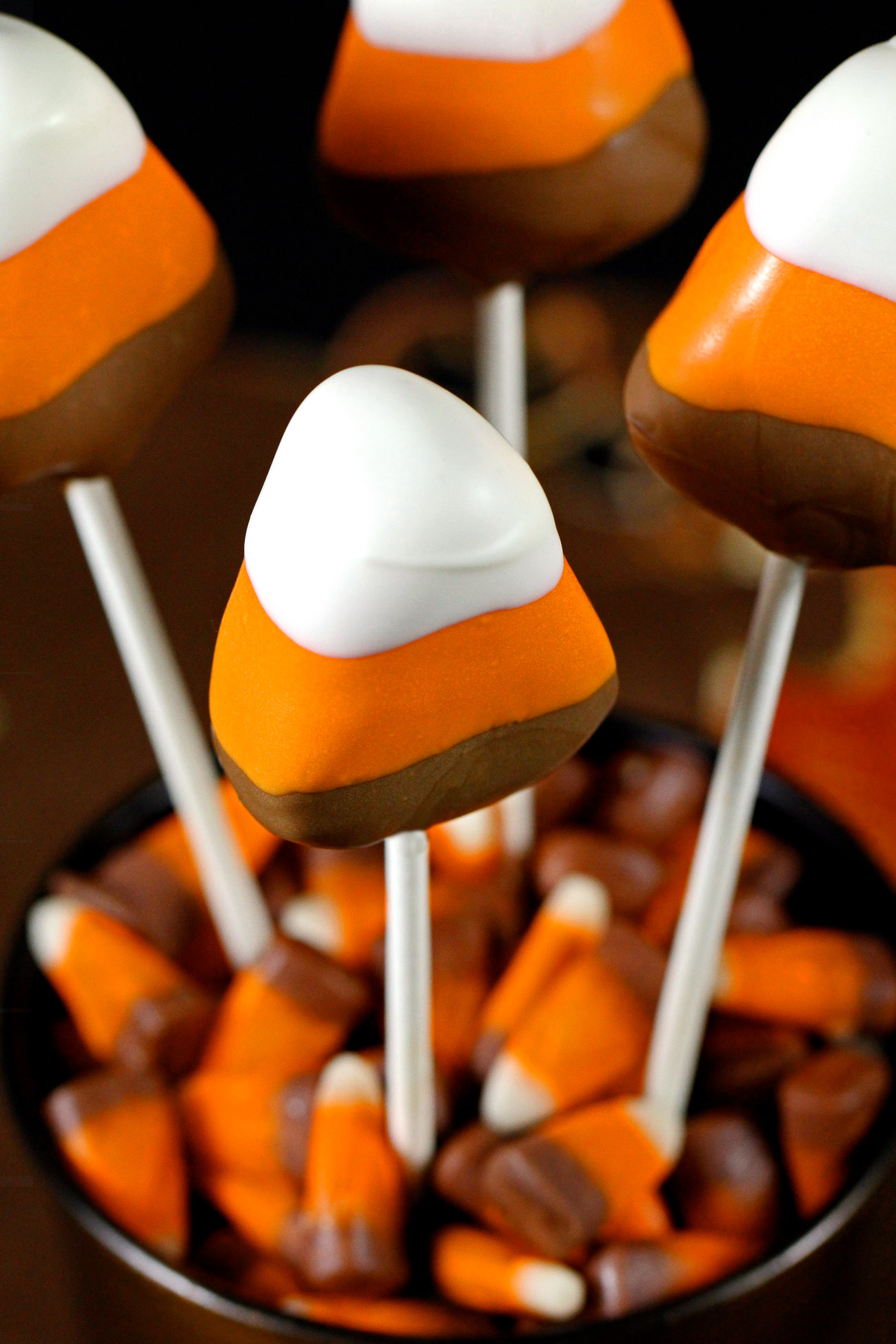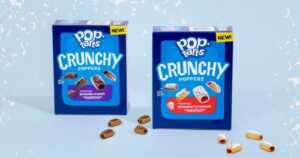There are divisive onslaughts of opinions thrown across the polarizing sides of love-and-hate, and candy corn is the epitome of this yes-no battle. It is some of the most controversial pieces of candy on the market, yet it is the most well-recognized and synonymous image of the autumn season. With a ton of sugary sweet candy on store shelves, just why did candy corn even come into existence?

During the Gilded Age, all sectors of the industry saw growth and innovation, and candy manufacturing too began using more modern machinery and molds. In the late 19th century, there were two decadent candy treats – chocolate and marzipan. Marzipan, a paste made of sugar and almonds, had been popular in Europe and North America for ages, but it was expensive to produce. Though chocolate’s flavor sold itself, that doesn’t mean marzipan was a bust. Since marzipan could be colored and molded into a variety of shapes, manufacturers saw it as the candy of choice for children….only if it was cheaper for children to buy on their own. People during the Gilded Age wanted to find a less expensive alternative to marzipan that children could readily buy and found it in a new concoction called buttercream. And no, buttercream is not the frosting you slather onto a cake, but a mixture of boiled water, sugar, and corn syrup whipped together with fondant or marshmallow.

Buttercreams became an easy cheap treat to produce and market to children, and from the innovation of buttercreams, candy corn emerged. The Goeltiz family’s confectionery company in Cincinnati created a chicken corn buttercream that looked just like the corn kernels of a corn cob. It had the tricolors of actual corn and was sold and advertised as candy children wanted for Christmas.

It took a long while to connect the corn shape with the autumnal trick-or-treat season, but honestly, the connection was invented through sheer old marketing. During World War Two, there were severe sugar ratios, and once it was lifted in the late 1940s, Goeltiz took advantage of the change in these rationing rules. In that autumn of the same year sugar rationing ended, the company launched a massive advertising campaign pivoting its sales direction and marketing the once all-season chicken corn buttercream as a fall treat.
To the modern-day palate, candy corn is definitely a painfully sweet treat that overwhelms the tongue with just that — sugar. Candy corn connoisseurs may say that there are subtle notes of vanilla and toasted marshmallow and that each color has a different flavor, however, most find that the sugar is the predominant starring flavor. Many love candy corn for its unique, slightly chewy texture that dissolves on the tongue.

Even though candy has been nicknamed on the internet as the devil’s earwax, you can’t deny the fame of candy corn’s shape and image. Besides pumpkins and leaves, candy corn is an emblematic sign of the fall season, and this candy is the totem sweet most associated with Halloween.
What’s your stance on candy corn? Even if you hate candy corn, do you still try limited edition candy corn-flavored foods?













